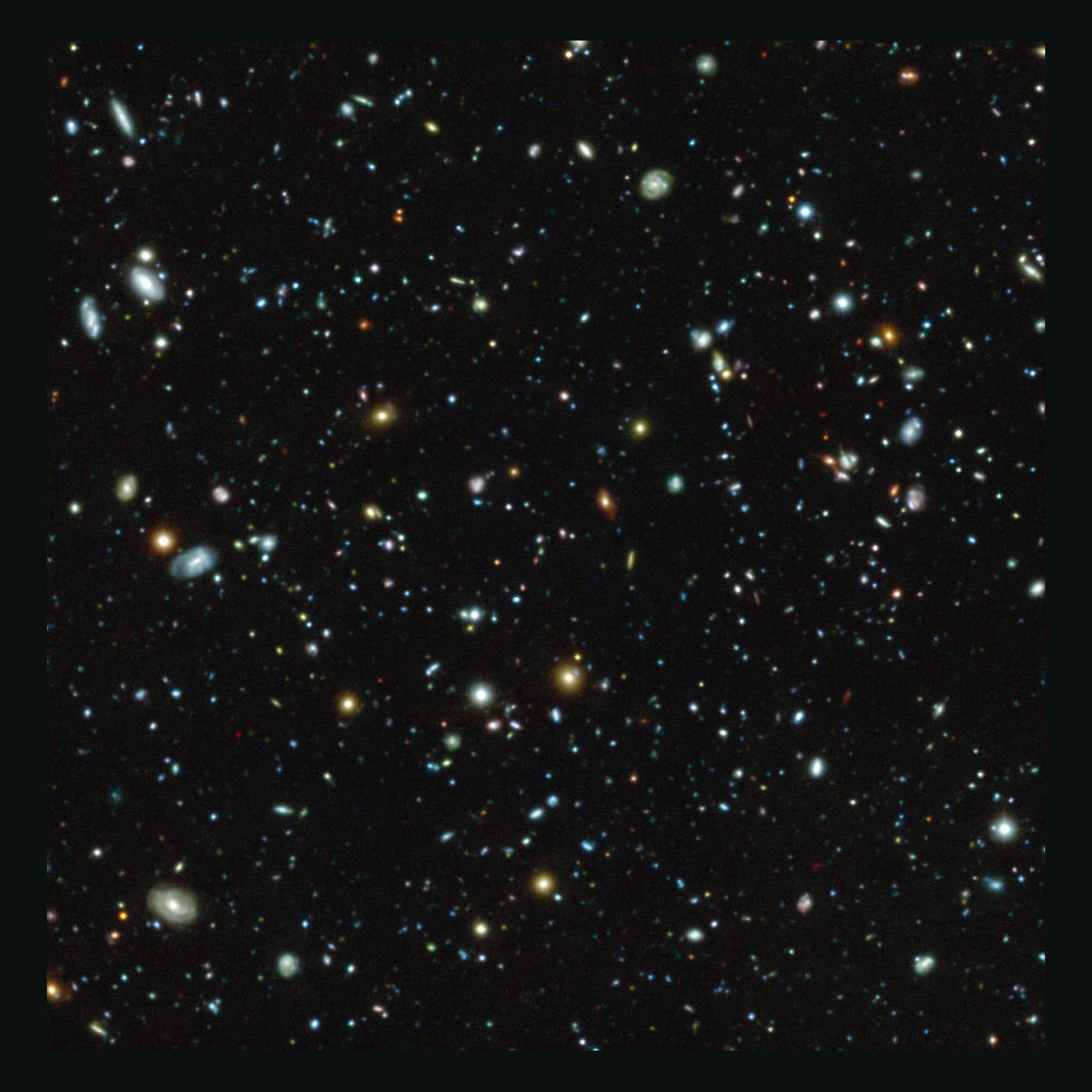Episodes
The Great Globular Cluster in Hercules, or M13 was discovered by astronomer Edmund Halley in 1714, and found its way into Charles Messier's catalog of comet-like objects fifty years later.
Published 05/29/20
Some amateur astronomers in the northern hemisphere say that Spring is galaxy season. Basically what that means is that the Virgo Cluster is high in the evening sky.
Published 05/22/20
To the West, the last remnant of the Winter Triangle. To the East, the first stellar sign of the coming summer.
Published 05/15/20
We're halfway through Spring. A perfect time to look for what some call the "Great Diamond."
Published 05/08/20
When the moon is out, it's hard to see dimmer stars and deep sky objects. But there's still plenty to appreciate about our natural satellite.
Published 05/01/20
Messier 3 is a remarkable globular cluster. It's over 33,000 light years away, but it's bright enough to see with a small telescope, which means it's dense. Around half a million stars exist there.
Published 04/24/20
The Lyrids are active all weekend, so you may see some tonight under dark skies, but the big peak comes early this coming Wednesday morning April 22, 2020. This year we're expecting 10 to 15 meteors per hour.
Published 04/17/20
To find Gemini, look to the west and find the familiar Orion. You'll know it by its iconic "Belt" of three bright stars in a row. Then, simply look above Orion for two bright stars next to each other.
Published 04/10/20
As Venus continues its rise in the evening sky through the end of April, it will travel through many constellations. Tonight, Friday, April 3rd, it will be in the middle of the Pleiades star cluster.
Published 04/03/20
If we're lucky enough to get clear skies in the early morning--before 7am Eastern, look to the south and you'll see three bright points of light. From left-to-right, it's Saturn, Mars, and Jupiter.
Published 03/27/20
The Beehive Cluster is right smack in the middle of Cancer the Crab, which is actually a very dim constellation.
Published 03/20/20
Blue stars that are really close to red stars can appear to us as a greenish blue. One good example is Antares B, the binary companion to the red giant Antares A, the heart of Scorpius.
Published 03/13/20
Leo sweeps across the southern sky all night this time of year. In the evening, it's to the east. To find it, look for the Big Dipper. It'll be straight up and down with the cup at the top. Connect the two stars at the top that make up the end of the cup, and from that straight line, extend the line to the right toward the east, and when you hit the bright star Regulus, you've arrived.
Published 02/28/20
Every good hunter needs support. Orion and his two dogs have reigned the evening sky in the winter since before human civilization. One of the earliest representations of Orion appeared in cave art dated more than 32,000 years ago.
Published 02/21/20
On Tuesday morning, February 18, 2020, just after 7am Eastern, Mars will disappear behind the moon. An event known as a lunar occultation.
Published 02/14/20
Sirius is a binary system consisting of the very bright, main sequence stage star we can see with the naked eye, Sirius A, and a much smaller companion white dwarf stage star, Sirius B.
Published 02/07/20
Venus is 15 times brighter than the brightest star in the night sky, Sirius. And planets don't twinkle like stars do.
Published 01/31/20
The Triangulum Galaxy gets its name from the constellation where it's found. It's a small constellation and, as the name suggests... it's a triangle.
Published 01/24/20
The Orion Nebula is just over 1300 light years from our solar system, and it's believed to be an enormous 24 light years across. Because it's so big, and... relatively close, it's easily visible with binoculars or a telescope, even under fairly bright, suburban skies.
Published 01/17/20
looking at a full moon through a telescope, you notice a lot. The craters, the so-called "seas," the "Ocean of Storms-" that's the big sea... So just what are all those geographic features?
Published 01/10/20
Around 9pm, look low to the southeast to find the brightest star in the night sky. Bright white, twinkling Sirius. Above it, you'll see that iconic winter constellation Orion the Hunter. The orange star at his shoulder is the red supergiant Betelgeuse. Draw a line between Sirius and Betelgeuse, then look to the left, or east to find Procyon (PRO-see-on), another bright white star, and there you have it. A large, nearly perfect equilateral triangle of bright evening stars.
Published 01/03/20
Betelgeuse is one of the largest stars we've ever discovered. If you were to replace the sun with Betelgeuse, it would engulf all four inner planets from Mercury to Mars, and, by some estimates, even Jupiter.
Published 12/27/19
At 2300 light years away, the cluster resembles an upside-down Christmas tree with the brightest star representing the base of the tree. The other stars form a loose cone shape that makes it look like Christmas tree lights.
Published 12/20/19
Auriga is home to three Messier objects, named after 18th century French astronomer Charles Messier, famous for his catalog of deep-sky objects. The three objects are all open clusters, which can be seen through most backyard telescopes.
Published 12/14/19
The three stars that make up Orion's belt is the giveaway. But there's a lot more to appreciate.
Published 12/09/19


